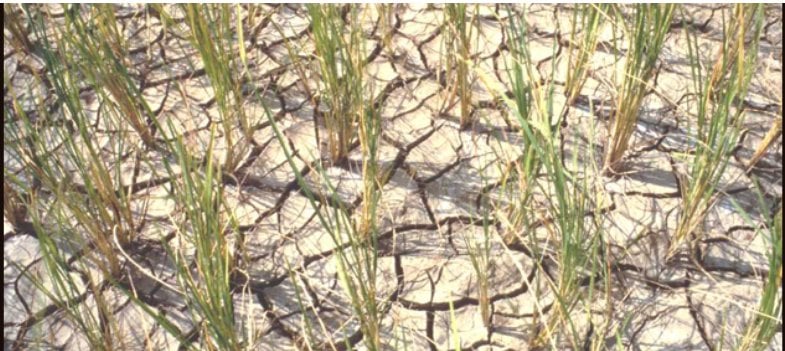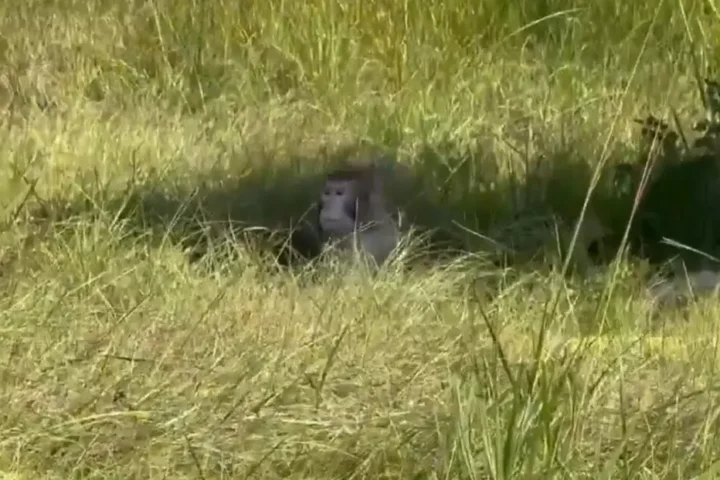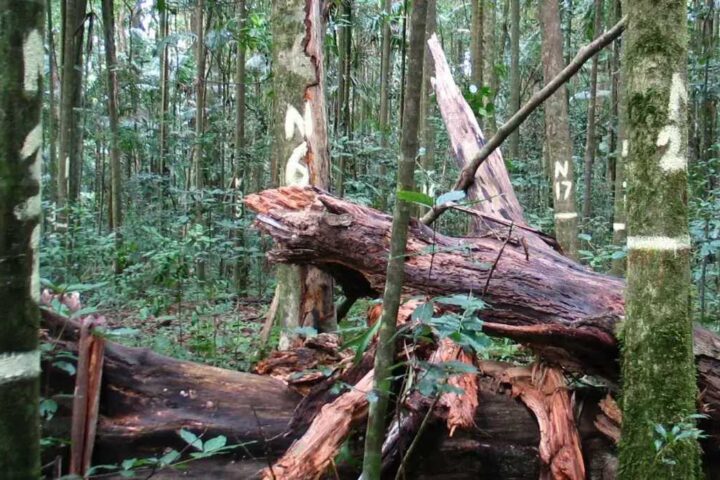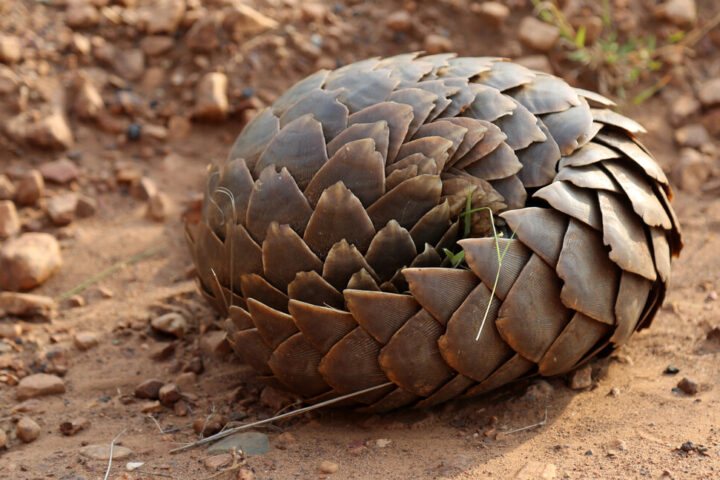British scientists have uncovered a previously unknown mechanism that explains how plant roots rapidly respond to drought conditions, potentially opening new paths for developing water-efficient crops crucial for future food security.
Researchers from Durham University discovered that plant roots can detect early signs of water shortage within hours through a molecular process involving reactive oxygen species (ROS), which act as chemical messengers inside plant cells. These signals trigger a protein called IAA3 to change its shape and cluster together, significantly reducing root branching.
This quick response helps plants conserve vital energy and resources when topsoil begins to dry out, explained Dr. Dipan Roy, who worked on the study published in the journal Science on June 13.
“What makes this finding remarkable is the speed of the response,” said Professor Ari Sadanandom from Durham’s Biosciences department. “Plants can react to water scarcity within just a few hours, much faster than we previously understood.”
Until this discovery, scientists believed plants primarily responded to drought through slower hormone-based systems involving abscisic acid (ABA), which typically take many more hours to activate. The newly identified ROS-IAA3 pathway works like an emergency brake, allowing plants to quickly pause resource-intensive root branching until more favorable conditions return.
In a separate but complementary discovery earlier this year, researchers from the University of Nottingham and Shanghai Jiao Tong University found another way plants adapt to drought. Their study, published in Current Biology in January, showed how plants alter their root growth angles to reach deeper water sources.
The Nottingham team revealed that during drought, the plant hormone abscisic acid (ABA) promotes production of another hormone called auxin. Together, these hormones enhance what scientists call “root gravitropism” – essentially causing roots to grow downward at steeper angles, particularly in important food crops like rice and maize.
Similar Posts
“These two discoveries represent different but equally important survival strategies,” explained Dr. Ulrike Bechtold, who contributed to the Durham research. “One is about quickly stopping wasteful growth in dry areas, while the other helps roots find water deeper in the soil.”
Global crop losses due to drought have reached approximately $30 billion over the past decade, highlighting the urgent need for more drought-resistant crops. With increasing pressure on freshwater resources and climate change intensifying dry periods in many agricultural regions, understanding how plants naturally cope with water shortages has never been more critical.
The ROS signaling process works similarly to a molecular switch. When soil begins to dry, reactive oxygen species accumulate in root cells, causing IAA3 proteins to form clusters called “multimers.” These protein clusters effectively shut down the plant’s root branching program, preventing it from wasting energy growing new roots in soil where water isn’t available.
Once water becomes available again, the process reverses, allowing normal root development to resume. This ability to pause and restart growth based on environmental conditions gives plants remarkable resilience to temporary dry spells.
Scientists believe these findings could revolutionize approaches to developing drought-tolerant crops. By potentially enhancing these natural response mechanisms through breeding or genetic engineering, researchers might create plants that more efficiently use available water – crucial for farming in a changing climate.

The Durham discovery focuses particularly on the redox signaling pathways that help regulate plant growth according to environmental conditions. Understanding these pathways in detail provides new targets for crop improvement programs aimed at enhancing drought tolerance.
The research represents a significant advancement in plant physiology, revealing sophisticated molecular mechanisms that allow plants to sense and respond to their environment in ways previously unknown to science.


















